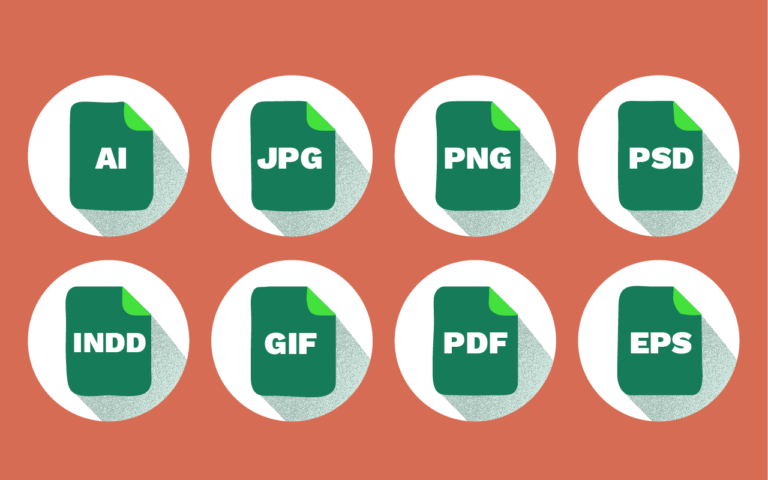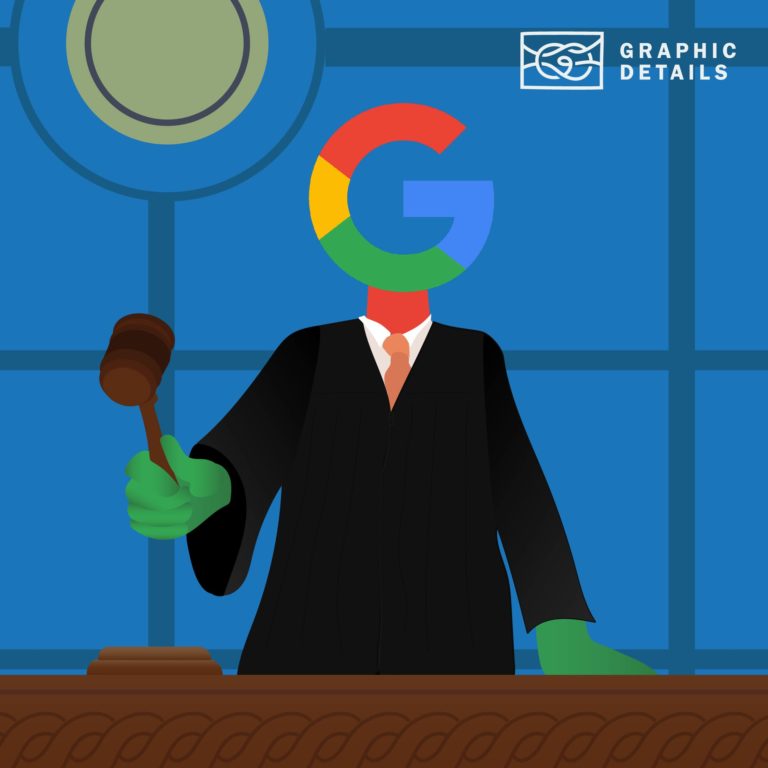
Image File Formats Explained
- Branding
- Content
- Design
- Useful Resources
- Web

SEO, seems to be the three-letter acronym everyone loves to loathe. Search Engine Optimization (SEO) success can be summed up in one statement…how much do search engines like your site? A website’s search rank is a popularity contest and Google is the chief judge. There are two factors for consideration that can help you win in this competition: solid website content and sound technical practices.
When discussing SEO, we sub-categorize content into keywords, internal links, user experience, language, images, and videos. This part of SEO is more visible to end users. When updating your site content, pay attention to the following user-facing functions of your site to maximize your SEO:
What exactly is a keyword you ask? It’s how you find things on the internet! A keyword is a word or series of words (keyword phrase), that help people find your site from a search engine query. Once upon a time it was enough to have a keyword on a home page and hope that people found your website. But now, each page should have a relevant keyword or phrase. There are a few things to keep in mind when assigning keywords to content:
Assigning keywords or phrases is somewhat of an art-form but luckily for us, the internet has a bunch of tools to help. There are even free versions!
See Hubspot’s article about topic clusters to take your keyword game to a whole new level.
We probably all remember when we thought it was a good idea to stack a bunch of external links on a “links” page on our site because it was deemed good practice by Google. That, to an extent, it still true. What is becoming more important in the eyes of the Google is the use of internal links. Calls to action and related content links that bring you through the user journey aren’t only essential to your conversion rates, but to your SEO score, as well.
Google still likes external links but they’ve matured and have become more picky about the types of links they prefer. They want you to be linking to high-quality resources, and to appear as a high quality resource, as well.
Usability and User Experience (UX) are words that have become increasingly important as websites and apps evolve. Google wants to display search results that utilize usability best practices so that they’re only sending you to the most helpful sites. So, it’s more important than ever that your site is user-friendly. Things that can impact a website’s usability include page load times and bounce rates. A combination of valuable, well-written content, clean site layout, and speedy page loads should help with this.
With Alexa and Siri becoming more of a resource for people, Google wants your content to sound more conversational. Your keyword or phrase should appear organically in your content and not seem like it’s just stuffed there.
With a focus on usability, Google also ranks sites based on expertise, authoritativeness, and trustworthiness (E-A-T), which means that the content surrounding your keywords is more important than ever. Your page title and meta description promise a user that when they click through to your site, they’ll get the information they’re looking for and expecting. Your web content needs to deliver on that promise of being a helpful resource or solution to their query and then guide them into contacting you for your services.
Blog posts are a great way to have content-specific pages that can help establish your expertise, authoritativeness, and trustworthiness. They also ensure that your website is staying fresh with new content.
Our content marketing partner, Richardson Media Group sums this up nicely — “It’s important to remember that SEO is more than simply driving organic traffic to your website. Your ultimate goal should be to keep visitors on your site longer with relevant content, great offers and a smoother user experience.”
Another important place to consider SEO and keyword usage is with your images.
Image Names: Many .jpgs come off of our phones and cameras with gobbledygook image names. Make sure to take the time to rename your images before adding them to your site. Give them a name that is meaningful and descriptive, but don’t make it too long, either! Are you posing an image of a recent event? Try “companyname_eventname_date(or year).jpg” and Google will notice that.
Image file sizes Optimize your images for the web. Do not try to put 8MB images on your website! Make sure that your image is the smallest file size it can be without losing clarity at the final dimension to be used. Resizeimage.net is one of many free resources available for image optimization if you do not have access to software like Adobe Photoshop for resizing images.
Alt Text When uploading images, the Alt Text field is easy to skip over, but if you are serious about optimizing your SEO (and want your website image to be accessible to those who can’t see them), you’ll take the time to fill in a short (125 characters or less) description of what is going on in the image. Use keywords, but sparingly.
Video marketing is big. It is here and it can’t be ignored. YouTube is the second largest search engine in the world. It only makes sense to apply all of the same rules for images to video. Below is a list of a few items to consider to optimize your videos for SEO:
We’re using the word tech to describe all of the development and post-launch work that needs to happen to get your site to rank higher with Google: page load speed, page tags, mobile responsive, sitemaps, local listing/Google My Business page, security, etc. If you’re not sure about what’s going on behind the scenes of your site, it’s always a good idea to sit down with your developer and discuss what is implemented there so that you have a holistic understanding of your entire SEO strategy at work.
Google appreciates quick page load times. It is looking for pages to load in .5 to 2 seconds. Users appreciate quick page load times, as well. In fact, users usually stay on a page for about 15 seconds. If most of that time is spent waiting on a page to load, well, they’re probably not going to stick around. How do you increase page load speed? Ask your web developer. Seriously, they’ll know the answer to this. Tools like Google’s Page Speed Insights or Pingdom can help you understand your page load speed and how to improve it.
Google wants you to have the following fields in the HTML header of your site:
If you have a WordPress site, Yoast is a great tool to help check all of those boxes and will make sure that the appropriate tags appear in the code so that Google will find them. Yoast will even give each page a score based on what you input. This can be tricky because often times it feels like Yoast is trying to get you to simplify your content to appeal to the broadest possible audience. You know your audience and can decide when Yoast is being unreasonable.
Let’s revisit the meta description here for a minute. You may be wondering exactly what it is, especially since it apparently doesn’t have anything to do with SEO but it still mentioned previously in this article.
When you type in a search term into Google, you’ll see a list of results divided up into sections with blue text (the page title), green text (the URL), and black text (the meta description). You do not have to write a separate meta description for each page, however, if you don’t, you let Google decide what to put there and the first 160 characters of your page content may not be the most compelling text.
If you create the meta description keeping in mind the character limit, and make sure to use your keyword, Google won’t care, but it sure can help your click-through rate, and that’s the point of showing up in a Google search, right? To get people to click and go to your site!
In July of 2019 Google officially began indexing and ranking the mobile version of a website over the desktop version. This means that Google is completely ignoring you if your site is not built for mobile. So even if your users aren’t primarily mobile, your website needs to be. (Need help building a super cool mobile responsive website? Call us to discuss your project!)
A sitemap is a specific type of xml file that lists all of the pages on your site. Google bots then crawl the sitemap to better understand the type of content on your site and when it was last updated so that they can find it easily when someone is searching for it. Our handy plugin Yoast, mentioned earlier in this article, will also assist in generating sitemaps!
Have you ever entered a URL of a site you know is legit only to be confronted with a “not secure” label? Google’s Chrome rolled this label out in 2018 and has stated that websites with SSL (Secure Sockets Layer) enabled will get preference over those without. Hubspot has a free SSL checker if you’re not sure whether or not your site has SSL. If you need help implementing SSL, please contact us.
Google loves local. And Google isn’t the only one. According to a Hubspot whitepaper, 88% of mobile users who perform a local search on Google actually visit or purchase from a business from those search results that day. This means that any local listings you have on the web are essential to local SEO, and current, accurate, and consistent data are all necessary.
With every Facebook, Twitter, Google My Business, Yelp, Instagram, (you get the picture) profile you create for your business, you have to fill out our company name, address, phone number, and website URL. Are you paying close attention to the exact way you’re recording this information every time? In Google’s attempt to establish a site’s legitimacy, it checks to see what other instances of your name, address, phone, etc. are on the web, and it helps to have all of your listings consistent. Do you spell out Road or use the abbreviated Rd. in your address; does your phone number use periods or dashes; do you use Inc. or LLC or some other form of your business name? Is it the same in every instance? You probably don’t really want to look all of that up, so Moz has come up with a great local search tool to help with the process. It doesn’t include everywhere you may have a profile set up, but it gives you a good idea of where our information lives out there and the inconsistencies that might be present. Moz even has a handy local SEO checklist.
Another great way to help your local ranking is to complete your Google My Business profile. Keep NAP in mind when filling out your information and don’t stop short of including photos. Your Google My Business listing will appear in search results and a complete profile gives your business legitimacy.
The days of the set-it-and-forget-it keyword game are over. Websites now require more work to stay on top of best practices and remain relevant. SEO page rank isn’t the only metric that matters, either. SEO can get people to your site, but then once there, it is up to the design and content of your site to keep people engaged. Conversion rates and successful site interaction are just as important as SEO and are not to be overlooked.